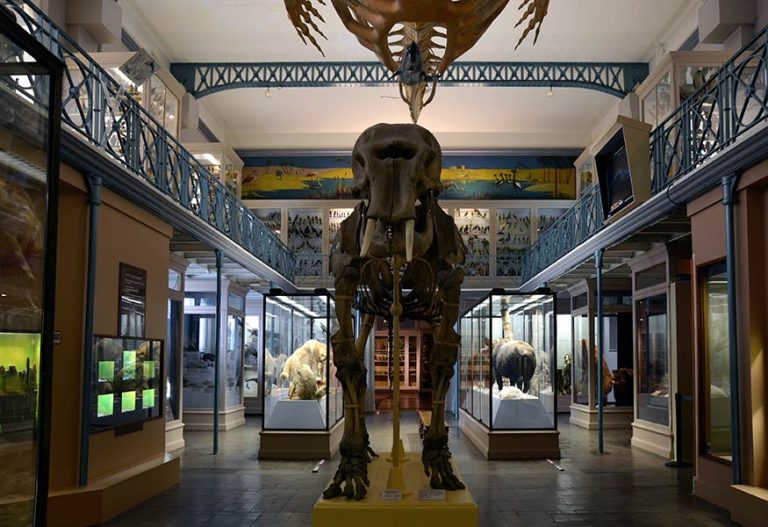The dazzling whiteness of ancient Western marbles has long been constitutive of their identity, a representation embodying the perfection of Greco-Roman art and civilization. This characterization is due, among other things, to the enthusiasm of classical and neo-classical artists for the statuary of the period, reinterpreted without its colors.
However, as we have since known, the majority of ancient sculptures were polychrome. Few traces remain due to the passage of time. Finding pigment residues using X-rays – because they are invisible to the naked eye – is now a common practice.
The technology used in a new study of eleven sculptures from the pediments of the Parthenon in Athens as well as a figure from the frieze was developed by Dr. Giovanni Verri, curator of the Art Institute of Chicago, aided by a team of archaeologists and textile historians (for the study of the clothes represented) from the British Museum and King’s College London. The innovative process causes luminescence in the presence of residues of Egyptian blue (“lapis lazuli”), by reaction with calcium, copper and silicon making up its mixture.
Examinations have thus shown that this blue was used for the characters’ clothing (notably Iris’s belt), as well as part of the decor (the waves supporting the chariot of Helios, god of the Sun) or numerous motifs ( especially palm leaves). Researchers have also found formerly painted figures hidden between the folds of Dione’s clothes.
Other types of analyzes revealed stonework specific to each material represented: polished to depict skin, rough for linen and softer for wool. Although the results cannot reveal all of what these marbles of the Parthenon were like in its golden age, eroded and damaged for centuries – this research has made it possible to show a use of colors as detailed and meticulous as the work of the matter.
Marbles from the East pediment of the Parthenon, preserved at the British Museum.







